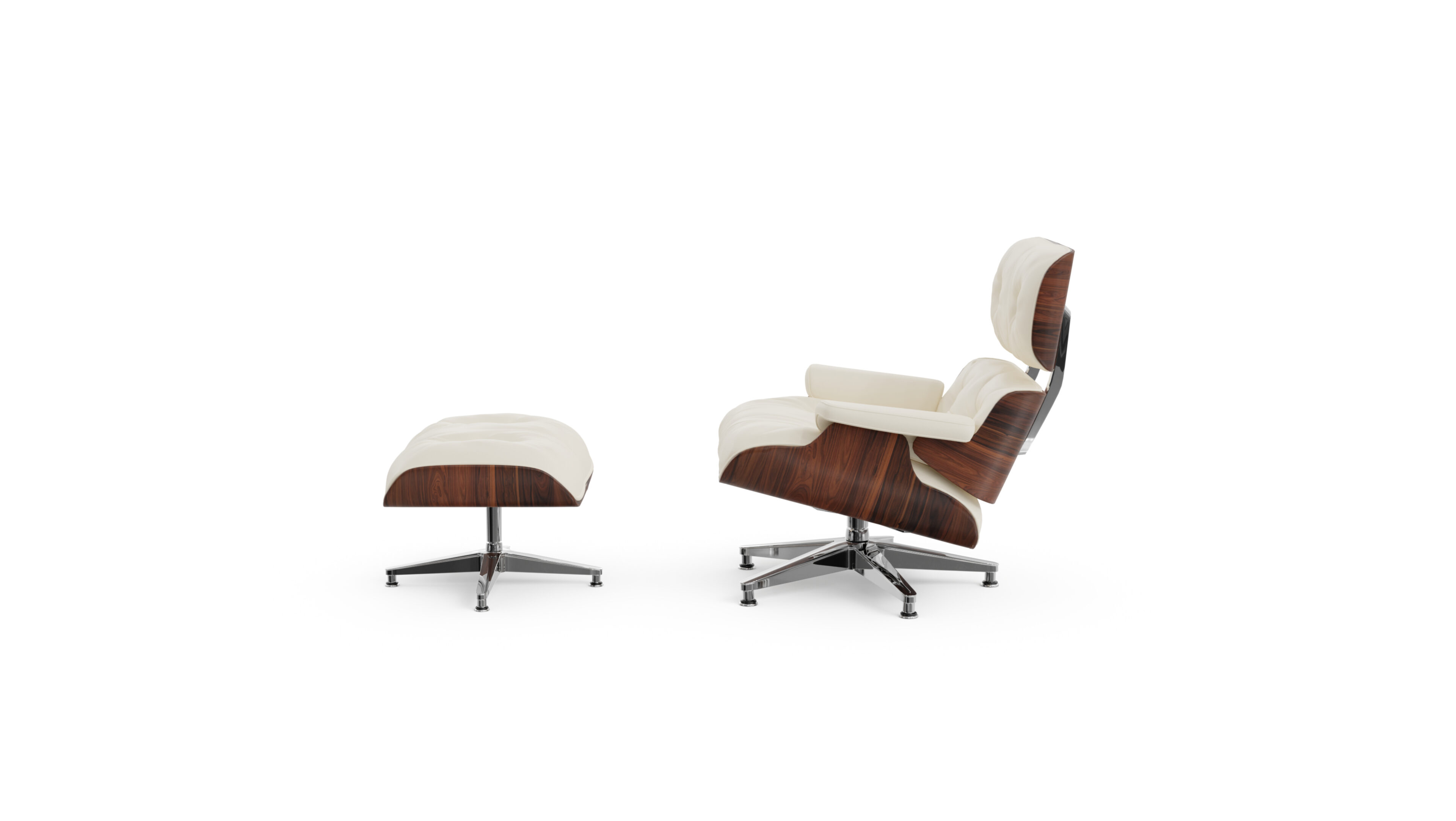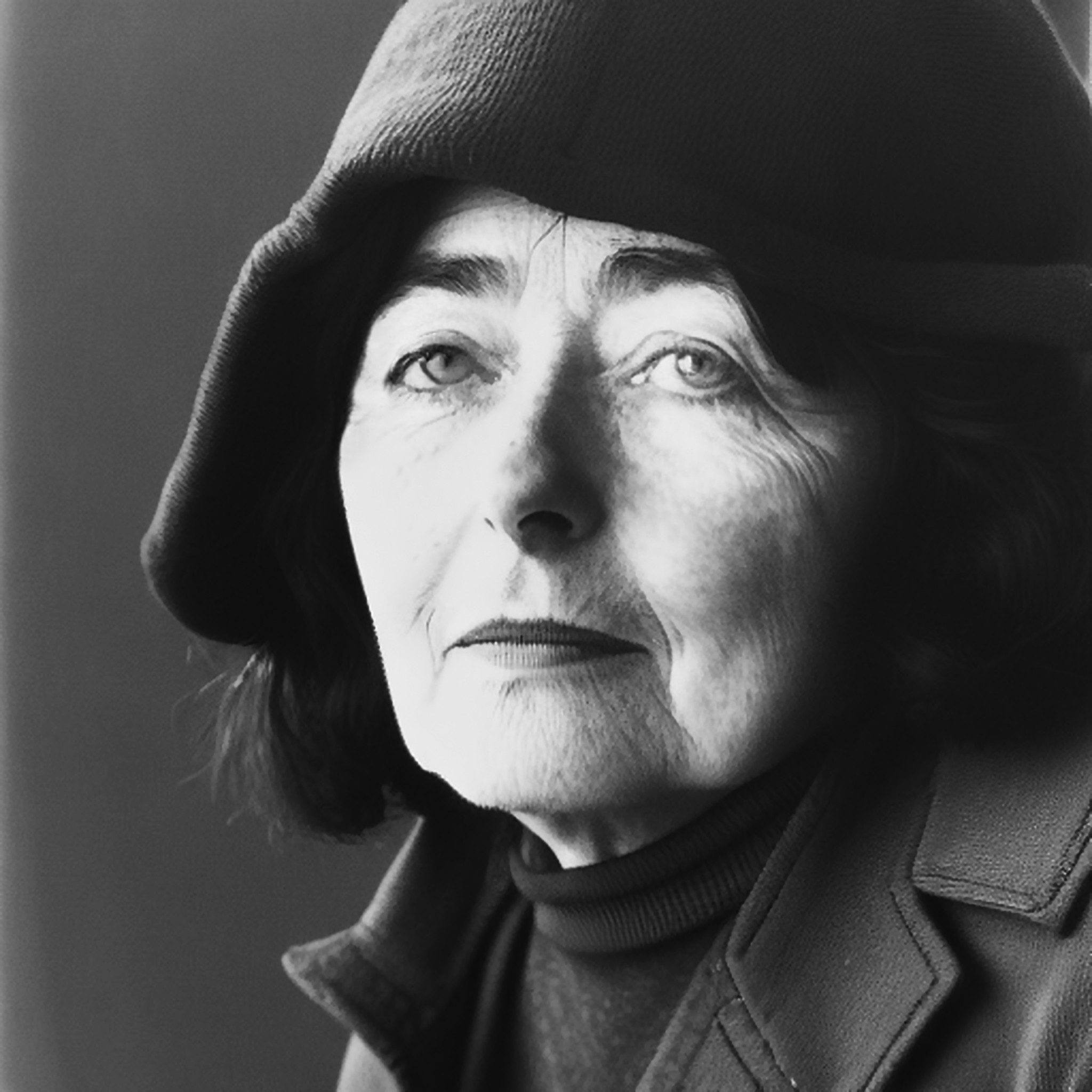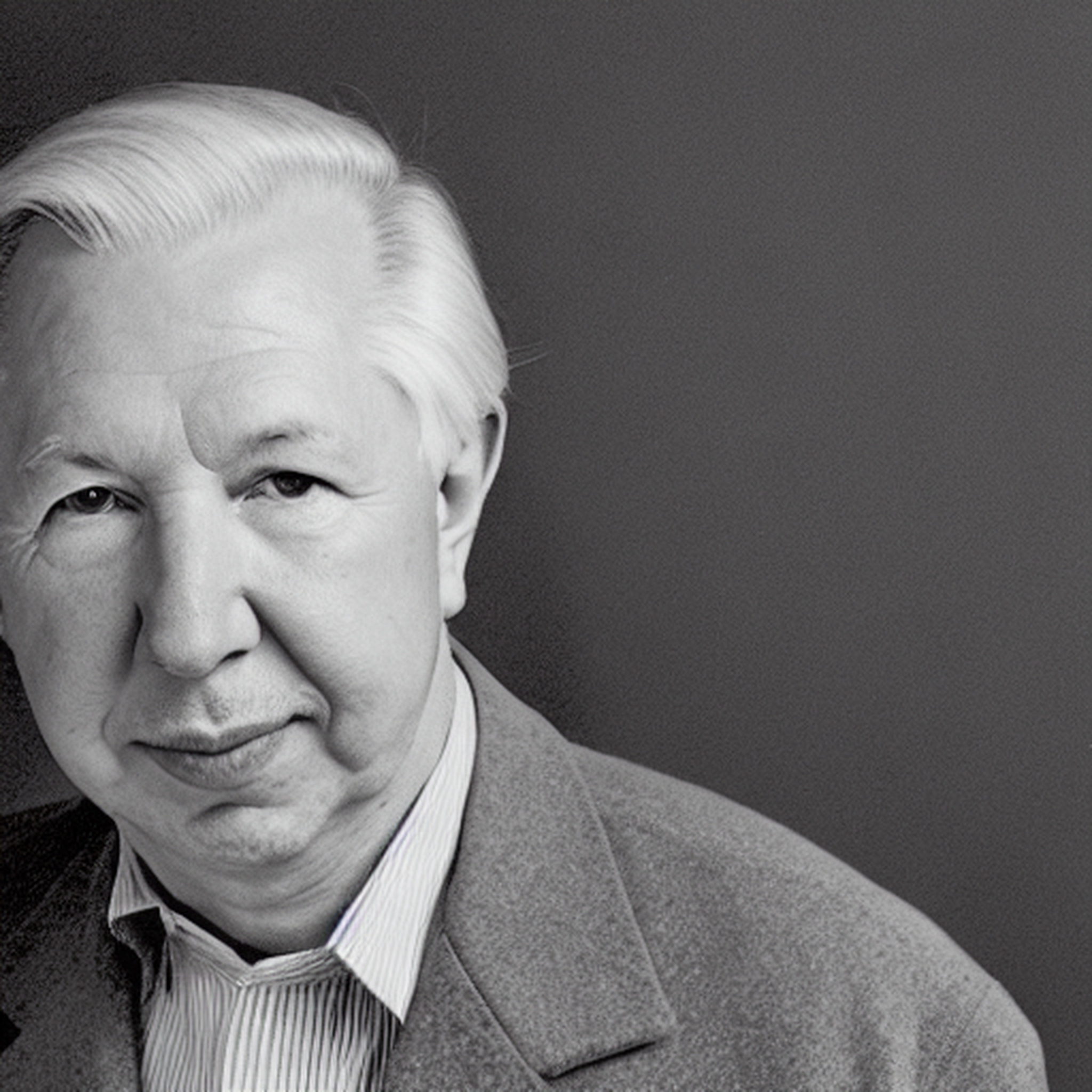
Frank Lloyd Wright Biography
Frank Lloyd Wright (1867-1959) was a renowned American architect and designer who pioneered the Prairie School movement of architecture. He began his career in Chicago in the 1880s, developing his unique approach to organic architecture. Wright is known for his use of geometric forms in both architecture and furniture, seen in works like Fallingwater (1935) and the Coonley 2 Chair (1907). Like Charles Rennie Mackintosh, Wright integrated strong geometric elements into his designs, though Wright’s style emphasizes horizontal lines and open spaces.
Wright’s philosophy of organic architecture sought to create harmony between human habitation and the natural environment. This approach is evident in his most famous works, where he seamlessly blended buildings with their surroundings. His use of natural materials, innovative structural techniques, and an emphasis on spatial continuity revolutionized 20th-century architecture.
Throughout his seven-decade career, Wright designed more than 1,000 structures, of which 532 were completed. His work spans residential projects, office buildings, churches, schools, skyscrapers, hotels, and museums. Wright also designed many of the interior elements of his buildings, including furniture and stained glass, aiming to create a cohesive, harmonious environment.
Early Life and Education
Born in Richland Center, Wisconsin, in 1867, Frank Lloyd Wright spent his childhood in rural Wisconsin, where he developed a deep appreciation for nature that would influence his later work. He studied civil engineering briefly at the University of Wisconsin but left before graduating to pursue a career in architecture.
In 1887, Wright moved to Chicago, where he found work as a draftsman in the architectural firm of Joseph Lyman Silsbee. A year later, he joined the prestigious firm of Adler & Sullivan, working directly under Louis Sullivan, who became his mentor. It was during this time that Wright began to develop his own architectural ideas.
Career and Achievements
Wright opened his own studio in Chicago in 1893, beginning a period of experimentation that led to the development of his Prairie School style. This style, characterized by horizontal lines, flat or hipped roofs with broad overhanging eaves, and integration with the landscape, is exemplified in works like the Robie House (1909) in Chicago.
In the 1930s, Wright embarked on a new phase of his career with the Usonian houses, designed to be affordable for middle-class families. These homes featured an open plan, natural lighting, and a strong connection to their sites. During this period, he also created some of his most iconic works, including Fallingwater (1935) in Pennsylvania and the Johnson Wax Headquarters (1936) in Wisconsin.
Wright’s later career saw him tackling diverse projects, from the Guggenheim Museum in New York (1959) to the Marin County Civic Center in California (1957-1970). He continued working until his death in 1959 at the age of 91.
Signature Designs
Frank Lloyd Wright’s signature designs include both architectural works and furniture:
1. Fallingwater (1935): A residential home in Pennsylvania, built over a waterfall, exemplifying Wright’s organic architecture.
2. Robie House (1909): A prime example of Wright’s Prairie School style, located in Chicago.
3. Guggenheim Museum (1959): An iconic spiral-shaped art museum in New York City.
4. Unity Temple (1908): A Unitarian Universalist church in Oak Park, Illinois, showcasing Wright’s use of reinforced concrete.
5. Coonley 2 Chair (1907): A dining chair featuring Wright’s characteristic geometric designs.
6. Taliesin West (1937): Wright’s winter home and studio in Arizona, now a National Historic Landmark.
Legacy and Influence
Frank Lloyd Wright’s influence on architecture and design is immeasurable. He is widely regarded as the greatest American architect of all time, and his work continues to inspire architects and designers worldwide. Wright’s principles of organic architecture and his integration of buildings with their environments have had a lasting impact on sustainable design practices.
Wright’s legacy extends beyond his buildings. He was a prolific writer and lecturer, sharing his philosophies on architecture and society. His Taliesin Fellowship, an apprenticeship program he started in 1932, trained generations of architects in his principles.
In 2019, eight of Wright’s buildings were inscribed on the UNESCO World Heritage List, recognizing his profound influence on modern architecture and design. His works continue to be studied, admired, and preserved as key examples of 20th-century architecture.
Frank Lloyd Wright FAQs
What is organic architecture?
Organic architecture is a philosophy developed by Frank Lloyd Wright that promotes harmony between human habitation and the natural environment. It emphasizes designing structures that are in harmony with their surroundings.
What is the Prairie School of architecture?
The Prairie School is a late 19th and early 20th century architectural style, of which Wright was a pioneer. It is characterized by horizontal lines, flat or hipped roofs with broad overhanging eaves, windows assembled in horizontal bands, and an integration with the landscape.
What is Fallingwater?
Fallingwater is a house designed by Wright in 1935 in rural southwestern Pennsylvania. It is built partly over a waterfall and is considered one of Wright’s most famous works, exemplifying his philosophy of organic architecture.
What are Usonian houses?
Usonian houses were Wright’s solution for distinctive and affordable middle-class homes in the United States. They typically featured an open plan, natural lighting, radiant floor heating, and native materials.
How many buildings did Frank Lloyd Wright design?
Over his 70-year career, Wright designed more than 1,000 structures, of which 532 were completed. These include homes, offices, churches, schools, skyscrapers, hotels, and museums.













